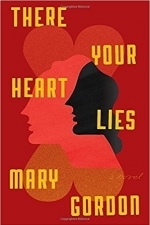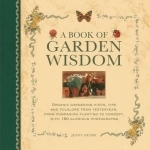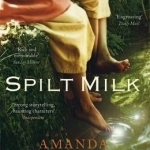
Desperately Seeking Xanadu
Book
In Desperately Seeking Xanadu Jacey Winters takes the reader through the various facets of buying...

There Your Heart Lies
Book
From the award-winning novelist Mary Gordon, here is a book whose twentieth-century wisdom can help...
literary fiction

The Allotment Book
Book
New paperback edition of Collins' best-selling gardening title. This wonderfully illustrated book...

Romantic Prairie Style: Homes Inspired by Traditional Country Life
Book
Romantic Prairie Style embraces simple pleasures, comfort, and the long-cherished ideals of natural...

A Book of Garden Wisdom: Organic Gardening Hints, Tips and Folklore from Yesteryear, from Companion Planting to Compost
Book
This title features organic gardening hints, tips and folklore from yesteryear, from companion...

Creating a Garden for Every Season: the Best Plants for Spring, Summer, Autumn and Winter Displays, with Over 300 Photographs
Book
This book features the best plants for spring, summer, autumn and winter displays, with over 300...
Who Built Scotland: A History of the Nation in Twenty-Five Buildings
Alexander McCall Smith, James Robertson, Alistair Moffat and Kathleen Jamie
Book
Experience a new history of Scotland told through its places. Writers Kathleen Jamie, Alexander...

Spilt Milk
Book
The new novel from the author of 22 Britannia Road, Amanda Hodgkinson. 'Hogkinson's second novel is...

Swedish Summer Feasts: Favorite Recipes for Picnics, Brunches, and Barbecues by the Beach
Amanda Schulman and Hannah Widell
Book
Each summer, three sisters and their families meet at their summer cottage by the coast of Sweden....

Veg Patch
Book
Drawing directly from his experience as an acclaimed climate-change gardener, and of setting up a...
